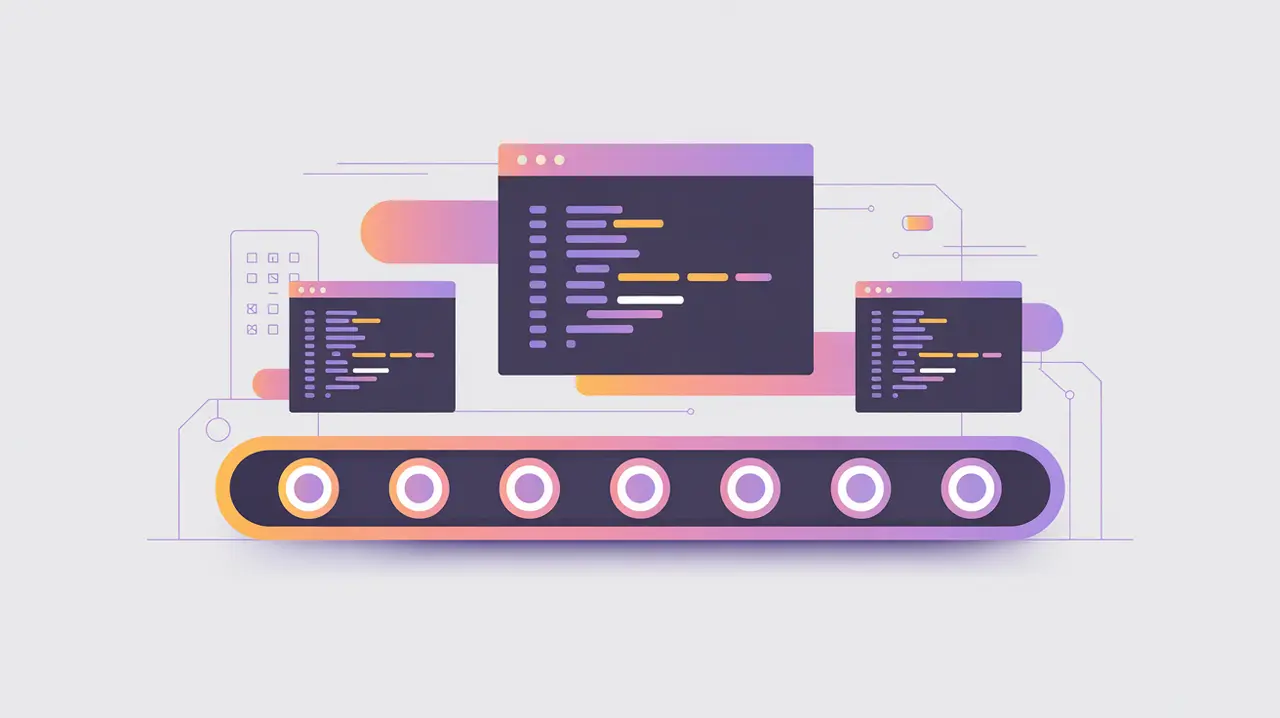Importance of CI and CD for Data and ML
CI (Continuous Integration) and CD (Continuous Delivery/Deployment) are practices that automate the process of testing, integrating, and releasing software. When applied to data and machine learning, CI/CD ensures that updates to datasets, models, and pipelines move smoothly from development to production. Their importance today lies in the rapid evolution of AI systems, which require constant iteration while maintaining reliability and governance.
For social innovation and international development, CI/CD for Data and ML matters because mission-driven organizations often adapt models to new contexts, languages, or datasets. Automated pipelines reduce the risk of errors, speed up deployment, and ensure that models remain trustworthy in environments where resources and time are limited.
Definition and Key Features
CI for machine learning focuses on continuously testing changes to code, models, and data transformations. It ensures that updates do not break existing workflows or introduce hidden biases. CD automates the release of validated models and data pipelines into production environments, enabling faster iteration and consistent quality. Together, they bring rigor and repeatability to AI development.
They are not the same as manual deployment, which is prone to delays and inconsistencies. Nor are they equivalent to DevOps pipelines alone, since CI/CD for ML must account for unique challenges such as dataset versioning, reproducibility, and drift in real-world data.
How this Works in Practice
In practice, CI/CD for ML involves building pipelines that automatically retrain models when new data arrives, validate them against benchmarks, and deploy them if they meet performance standards. Tools such as MLflow, Kubeflow Pipelines, and cloud-native ML platforms provide built-in CI/CD capabilities. Version control systems extend beyond code to track data lineage and model artifacts, ensuring full transparency.
Challenges include designing tests that meaningfully capture model quality, managing the costs of frequent retraining, and balancing speed with accountability. Organizations must also monitor deployed models for drift, triggering CI/CD workflows to update models when accuracy declines. Proper governance ensures that updates remain ethical, unbiased, and aligned with mission needs.
Implications for Social Innovators
CI/CD for Data and ML provides mission-driven organizations with agility and reliability. Health programs can automate the retraining of diagnostic models as new patient data emerges. Education platforms can continuously update adaptive learning tools to reflect shifting student performance. Humanitarian agencies can streamline the deployment of crisis response models, ensuring they remain accurate under rapidly changing conditions.
By automating the cycle of integration, validation, and deployment, CI/CD for ML allows organizations to keep their AI systems current, resilient, and impactful in dynamic environments.







